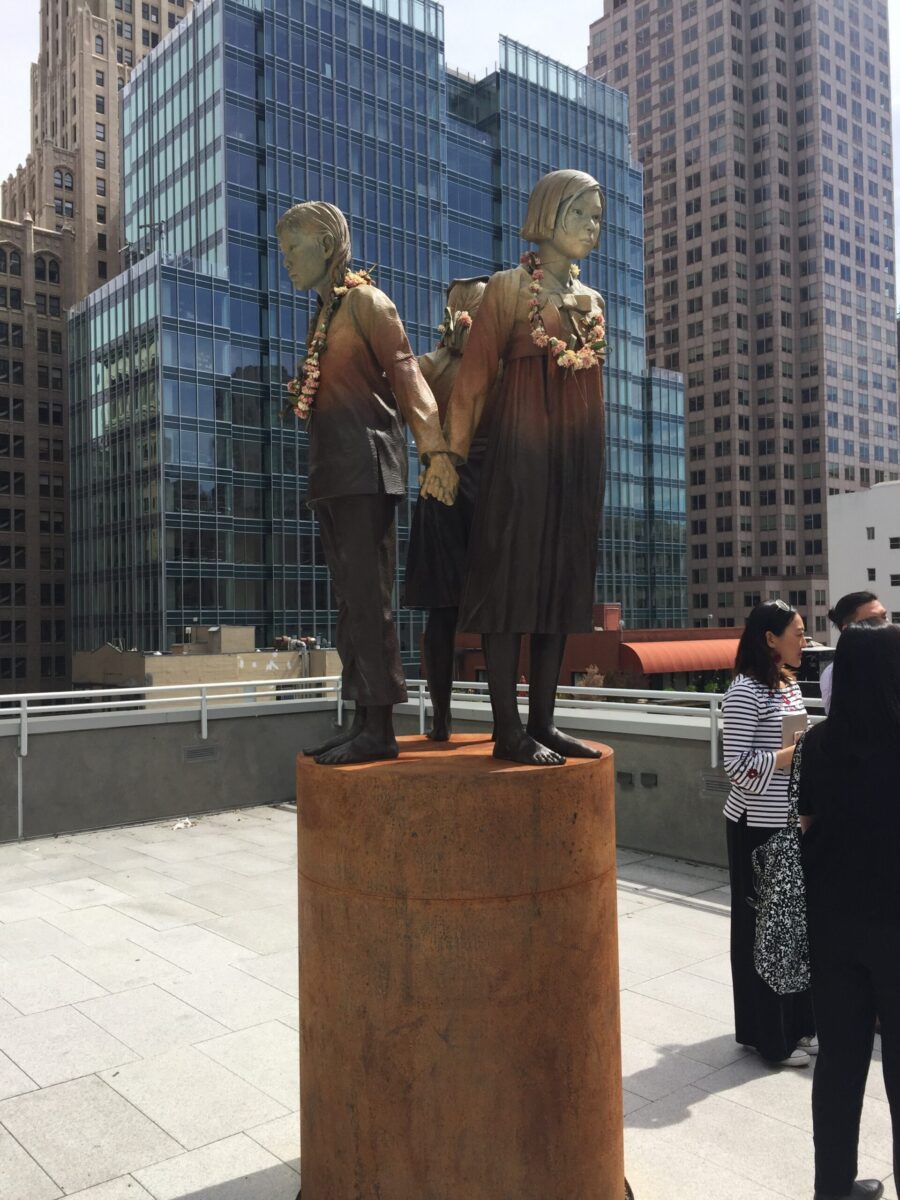

Asian American Policy Review
The Asian American Policy Review Journal was the first nonpartisan, academic journal in the country dedicated to analyzing public policy issues facing the Asian American and Pacific Islander community. Founded in 1989, the journal provided a forum for scholarship and publication on issues related to the Asian American community’s political, social, and economic development.
Explore all Articles
filter by–Topic
filter by–Region
filter by–Country
search by–Keyword

The Evolution of Our American Dream: A Conversation with David Siev
04.26.23
The basis of [my documentary, BAD AXE] is my family—we’re Cambodian-Mexican-American. We live in this rural white community, and it’s us trying to keep our family restaurant alive and the American Dream alive during one of the most uncertain times in history amidst a pandemic, a racial reckoning, and everything else going on in our country in 2020. So it becomes a story that explores the question: how do you keep the American Dream alive today when it’s being challenged now more than ever?

Taking up Space: Mental Health, Representation, and the Asian American Experience
04.26.23
This piece was published in the 33rd digital volume of the Asian American Policy Review. This interview has been edited for length and clarity. AAPR: Can you tell us a bit about your book Permission to Come Home and the inspiration behind it? WANG: The inspiration for my work came from the realization, through the […]

Transformation and Liberation Through Diasporic Storytelling: A Conversation with Joseph Juhn
04.26.23
If my previous identity query was grounded on, and perhaps confined by, this dualistic tension between Korea and America, the idea of diaspora liberated me from a geographic grounding of identity. It was a membership not only in the Korean or Korean American community but also in these larger sojourner communities around the world who share, no matter how remote or accurate, collective memories of the homeland, heritage and history.

Ten Years After Oak Creek: Federal Policy Recommendations to Protect Communities Targeted by Hate
04.26.23
One decade on, it is essential to revisit the 2012 attack on the Sikh Temple of Wisconsin–and to reflect on what more we must do to better protect our communities from similar horrific violence.

Remembering the “Comfort Women” Intergenerational Asian American Care Work
04.26.23
Asian American activists have been key to remembering the “comfort women” in the U.S. and globally. The act of remembering is often done through creating memorials, exhibits, films, conferences, and educational efforts. This paper examines Asian American activists’ remembrance work in building a memorial in the city of San Francisco.

알아 들었어 (ala-deul-us-suh)? Do You Hear Us Now?
04.26.23
I consider the San Gabriel Valley (SGV) an Asian melting pot. Growing up here meant that you were surrounded by the best Asian food (you would know when it was really good if the restaurant took cash only), boba was life, and your parents were most likely immigrants. For me and my friends, being a child of immigrants entailed silently dealing with being interpreters for our parents. I can’t tell you the countless times my mom pushed the phone to my ear out of nowhere to carry on a conversation with the cable company or to translate school flyers, even when she always had the Korean-English dictionary on hand. As I grew older, translating written material got more complex.

Asian Critical Race Theory and Culturally Sustaining Pedagogies: Frameworks for Implementing Asian Ethnic Studies in PK-12 Education
04.26.23
Under the structures of white supremacy, the pandemic has unveiled the dehumanization of Asian folks in the US. For many of us who are members of Asian communities, these lived realities have existed since the arrival of Chinese laborers in the 1850s.[i] We went from “dog eaters” to “bat eaters”;[ii] we exist dually as model minorities and perpetual foreigners;[iii] we’re seen as apolitical, non-combative, and submissive, yet also as the threatening yellow peril;[iv] we’re fetishized yet desexualized;[v] weaponized to perpetuate anti-Blackness;[vi] and the list goes on.

Storytelling and Narrative: Challenging Systemic Racism as Asian Americans
05.30.22
INTERVIEW WITH KEN LIU Photography from New York Times Magazine What does it mean to be an immigrant? What does it mean to have your story be misunderstood and taken away from you? That you feel like you cannot tell your own story? That’s how a lot of immigrants feel—that they cannot tell their own […]

Representation, Redistribution and Revolution: A Conversation with Viet Thanh Nguyen
05.27.22
INTERVIEW WITH VIET THANH NGUYEN BY CAT HUANG Photograph: Joyce Kim/New York Times/Redux/Eyevine Is the principle of AAPI self-recognition and the demand for recognition? Or is the principle for AAPI an ever-evolving struggle for justice? These are two very separate things that have been implicated and intertwined in AAPI history to the extent that one […]

Mobilizing Our Community: Reflections on Civic and Electoral Engagement Among AAPIs in Recent Years
05.23.22
INTERVIEW WITH CHRISTINE CHEN Photography by The Atlantic This piece was published in the 32nd print volume of the Asian American Policy Review. This interview has been edited for length and clarity. I am hopeful just because I saw so many people leaning in, especially this new, larger generation that’s coming up. But it’s now […]

A Statistical Storm: Data Disaggregation and the Decades-Long Debate Over AAPI Identity
05.20.22
Photography by Tommy Kha – New York Times This piece was published in the 32nd print volume of the Asian American Policy Review. Decades-long efforts to disaggregate AAPI data have been derailed by community infighting, government bureaucracy, and bitter debates over identity. But as demand for quality data surges, supporters have reason to be hopeful. […]

Media Matters: Why Asian American Representation in Media is a Social Justice Issue
05.16.22
Photograph of Anna May Wong This piece was published in the 32nd print volume of the Asian American Policy Review. There is a danger of a single story becoming the only story, and it is important to see counter-narratives as well. More stories need to show the breadth, depth, and nuance of our multi-ethnic, varied […]